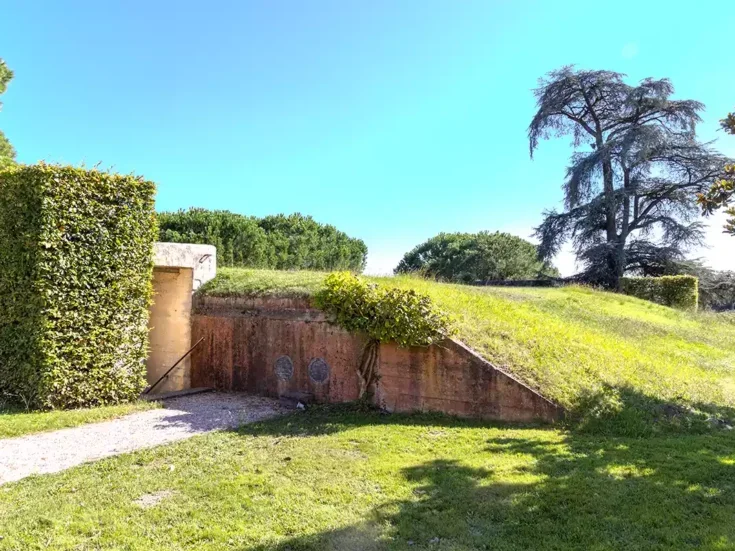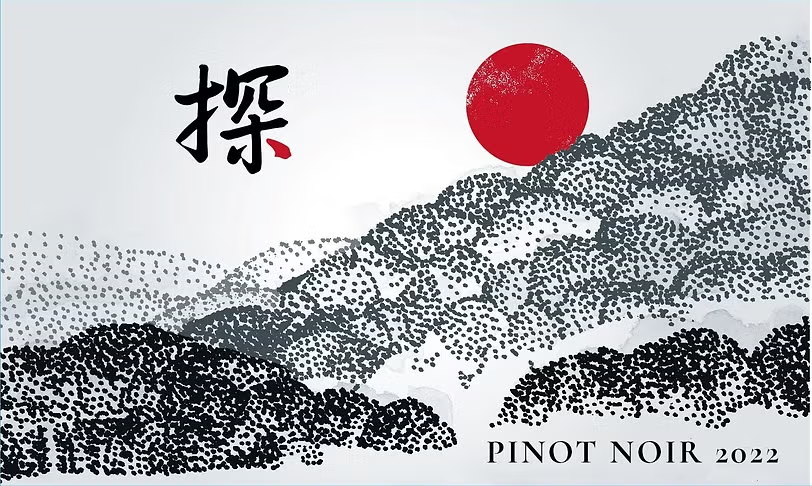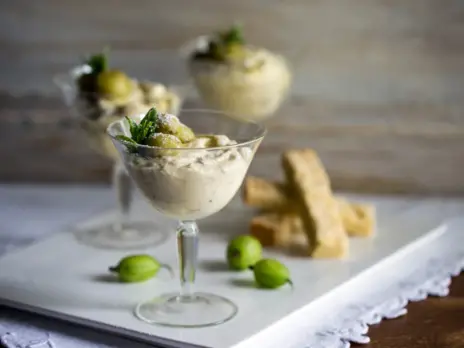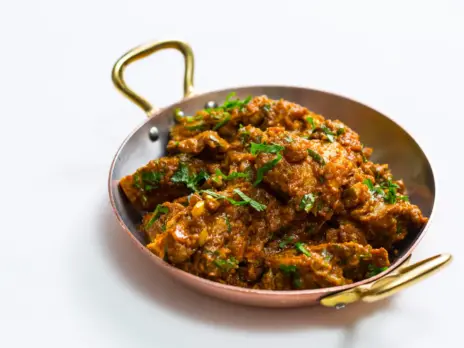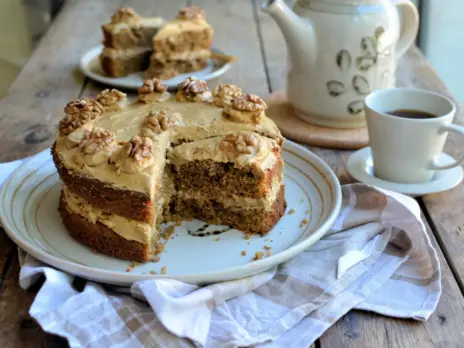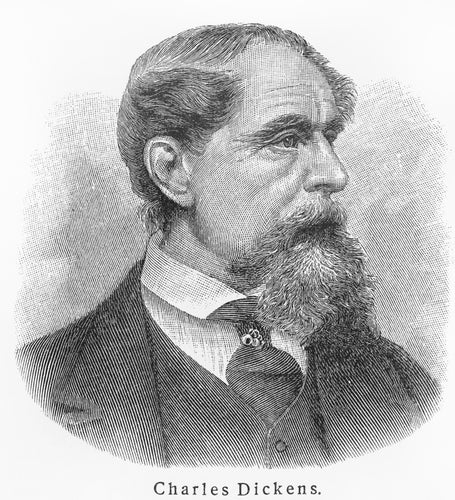
It was probably the scarcely bearable torment of Charles Dickens’ second American reading tour in 1867-8 that did most to hasten his untimely end at 58, two years later. The itinerary would have tested the constitution of a determined youngster, but to a man suffering from inflamed sinuses and bilious attacks, it rapidly turned from a triumphal progress into the road to Calvary. At every stage along the four-month schedule, there were grand dinners, banquets and blowouts, culminating in an American press event at Delmonico’s in New York in April 1868.
By now, the author could only take exceedingly sparing quantities of solid food, and most of whatever nutrition he could manage was incorporated into strong drink. As his journal records, he greeted the grey dawn at seven by taking, in bed, a tumbler of fresh cream with two tablespoons of rum stirred into it. At noon, he accompanied what nobody in America called a biscuit with a sherry cobbler.
Dickens had been introduced to the Sherry cobbler on his first tour to the United States, and taken to it like a duck to water. An invigorating blend of orange (and sometimes lemon) slices, sugar syrup and whichever style of Sherry took your fancy, the cobbler had become one of the most popular mixed drinks in the States by the time of Dickens’ first tour there in the early 1840s. What helped seal its appeal was the novel implement devised for drinking it, a hollow tube soon given the name of a straw. It becomes a life-changing encounter when first tried by the title character of Martin Chuzzlewit (1844): “Martin took the glass with an astonished look; applied his lips to the reed; and cast up his eyes once in ecstasy. He paused no more until the goblet was drained to the last drop” [Ch. 17].
Back on the tour, the 3pm dinner-time was greeted by the ingestion of a pint of Champagne, which briefly restored the author’s depleted zest, and the day concluded with a precisely timed sleeping draught at five minutes before eight, consisting of an egg whisked up in a glass of Sherry. This frugal, largely liquid means of sustenance contributed a thin cheer to the rigorous tribulations of the reading programme, before the return transatlantic sailing on a Cunard liner.
Dickens the lifelong wine-lover
Dickens had been a wine-lover for most of his life, as is evidenced by the handwritten cellar inventory that came to light in 2017. Compiled in 1865, it detailed the contents of the cellar at Gad’s Hill Place at Higham in Kent, where he lived for the last fourteen years of his life. Beneath an impressive listing of spirits in cask, the holdings of bottles are noted. There is enough Port to float a Cunard liner, four dozen of Champagne, five dozen each of Chablis and Sauternes, and a goodly quantity of St-Julien claret, vintages unspecified. There was a dozen of “Metternich hock,” sumptuous Rieslings from Schloss Johannisberg in the Rheingau, a particular favorite of Queen Victoria.
There is a pang of familiarity to the detail in Dickens’ final, unfinished novel, The Mystery of Edwin Drood (1870), of “the support embodied in a glass of Constantia and a home-made biscuit.” It is furnished to the Reverend Septimus Crisparkle, minor canon of Cloisterham Cathedral, by his doting mother, whenever she notices a “musing” mood come upon him. Where drink wasn’t the ruinous analgesia of grinding poverty in the Victorian metropolis, it was the solace of repining natures and the crepuscular hour of life.
The cadaverous solicitor in Bleak House (1853), Mr Tulkinghorn, desiccated by a lifetime at law and already returning to dust, “[t]hough a hard-grained man, close, dry, and silent … can enjoy old wine with the best.” His modest evening repast, ordered in from the coffee-house, is always preceded by a candlelit descent to the “echoing regions below the deserted mansion,” from which “heralded by a remote reverberation of thundering doors, [he] comes gravely back encircled by an earthy atmosphere and carrying a bottle from which he pours a radiant nectar, two score and ten years old, that blushes in the glass to find itself so famous and fills the whole room with the fragrance of southern grapes” [Ch. 22].
There is something of the absurdity inherent in the rituals of old wine in these references, a notion that old age and pomposity so often go hand in hand, but also the sense that fine drink is one of the bulwarks of vanishing comfort. In the sunshine of one’s youth, there is hardly anything to be noted about drink other than its ethyl alcohol, but as the twilight gathers, the quality of the wine, insured by the same ageing to which one has oneself less perfectly succumbed, matters quite as much. Even if you are going to whoosh an egg into it.

